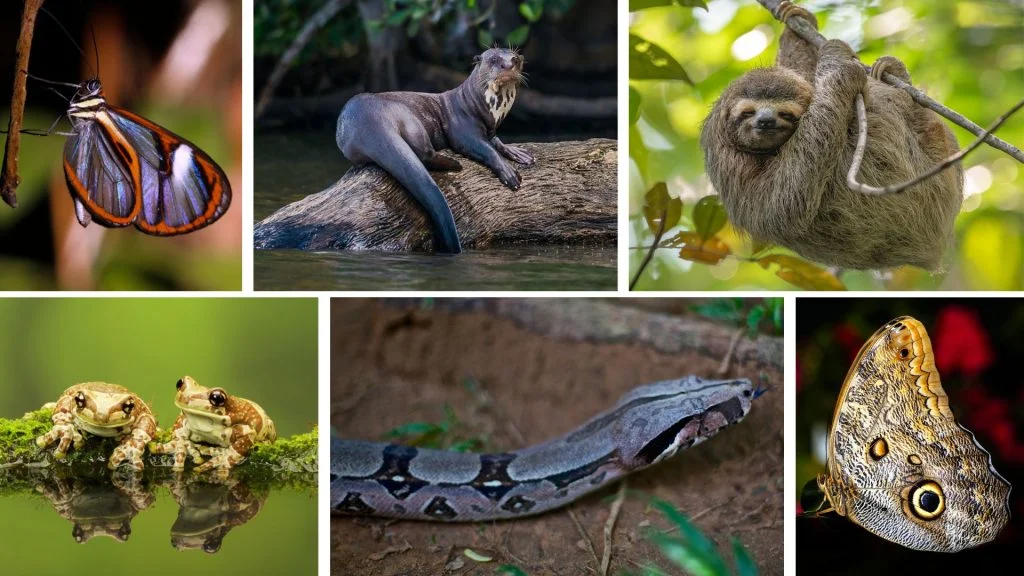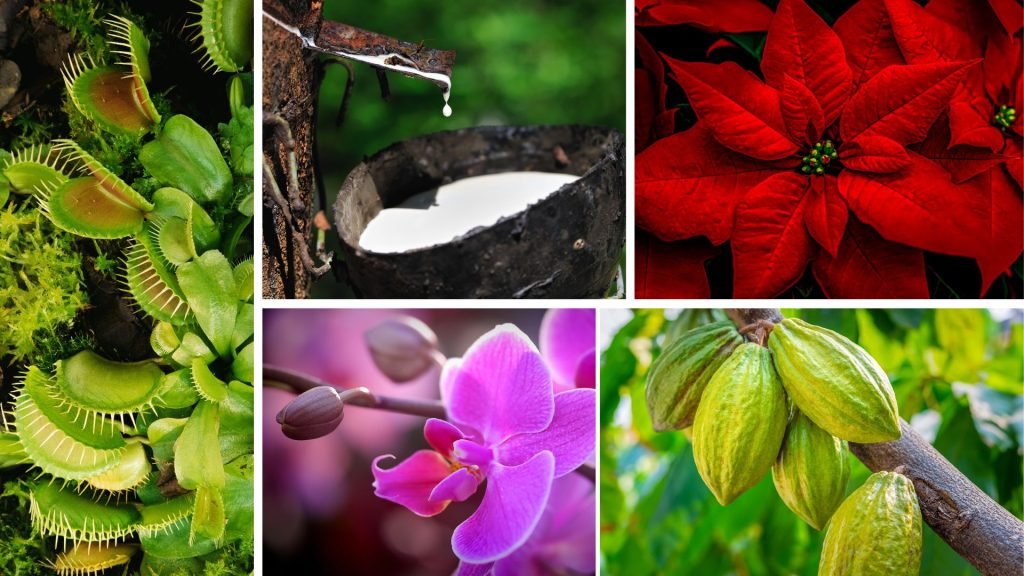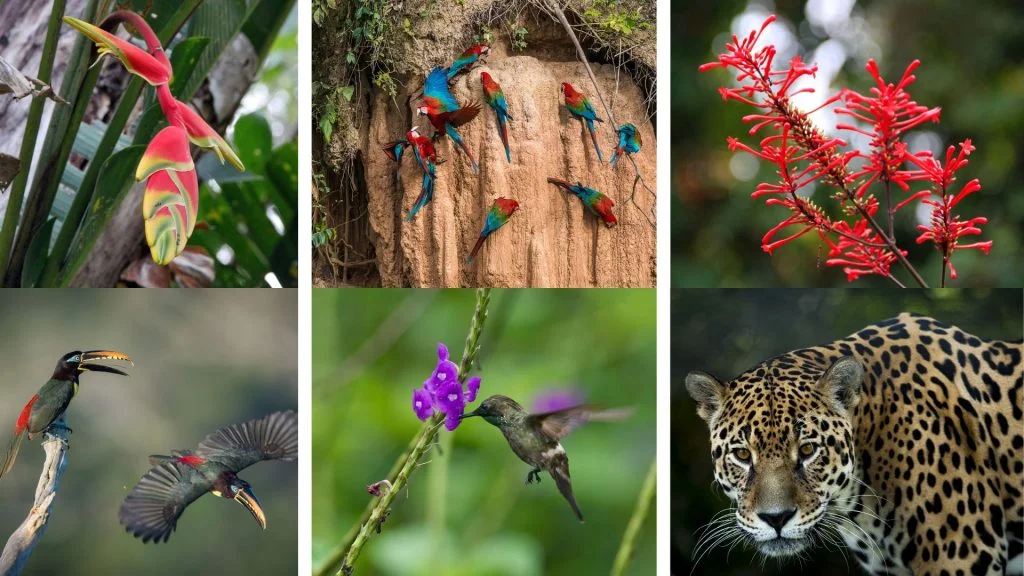Rainforest animals and plants
The tropical rainforests are one of the longest-lived ecosystems that are preserved in their original state in the entire planet, so it develops a great diversity of plants and animals. In fact, about 50% of the plants and animals around the world are found here, and even today new species continue to be discovered, the importance of the Amazon rainforest is everyone’s commitment, since it is considered one of the last lungs of the Earth where its wide range of tree masses have a fundamental role in the conservation of the temperature in the atmosphere.
Throughout the different layers of a tropical rainforest, you will find a great variety of animals. Most of us think of monkeys when we think of rainforests. Other mammals of the rainforest include sloths, tapirs, jaguars, ocelots, kinkajous, lemurs and agoutis.
The warm and humid environment is also an ideal habitat for reptiles and amphibians. Various types of frogs, salamanders, snakes and lizards can be found in this area throughout all strata of the forest.
Butterflies and moths are also abundant in the tropics. Many of them migrate, overwinter in the rainforest and spend summers in our backyards.

Birds you can find in the rainforest
The wealth of bird species in the tropical rainforests is unmatched. Some birds such as hummingbirds, harpy eagles, spectacled owls, toucans, macaws, quetzals, hornbills and finches live in the forests all year round.
Others of these birds are only temporary residents. Many of the songbirds we enjoy in our gardens each summer spend the winter in the rainforests of Mexico, Central and South America, where they take refuge during the colder months.
Plants you can find in the rainforest
The diversity in the rainforests is not only made up of animals and mammals, this prolific area is home to more than 200,000 species of plants. This abundance is due to the warm and humid environment and includes some of the most beautiful and interesting flora you will see anywhere in the world:
- orchids
- rubber trees
- poinsettias
- cocoa trees
- Venus flytrap
All rainforest plants play a critical and important role in providing food and shelter for rainforest animals, as well as converting carbon dioxide into oxygen.
The competition that exists between species in this ecosystem at ground level for light and food resources has resulted in a unique plant evolution. Some species even live on the branches of other plants and use “aerial roots” to feed from the air. Others, like the strangler fig, wrap themselves around large trees (and end up strangling them) to fight for their survival, definitely a spectacle that will become unforgettable.
Beyond their beauty and interest, rainforest plants contribute to modern medicine. It is believed that approximately 25% of all Western medicines currently on the market come from plants found only in the rainforests. These include treatments for a variety of cancers, malaria, multiple sclerosis, Parkinson’s disease, high blood pressure and more. But there is still much untapped potential to this day, the rainforest is a medium of great interest to modern science. According to Michael Blalick, director of the Institute of Economic Botany (part of the New York Botanical Garden), of all known plant species, “less than 3% have been tested for their medical applications.”
These are just some of the species that you can find in your visit to the rainforest, the variety is enormous so always try to travel with a professional guide, this will help you to observe, learn and interact with the species that you will observe within this wonderful and unique environment.






